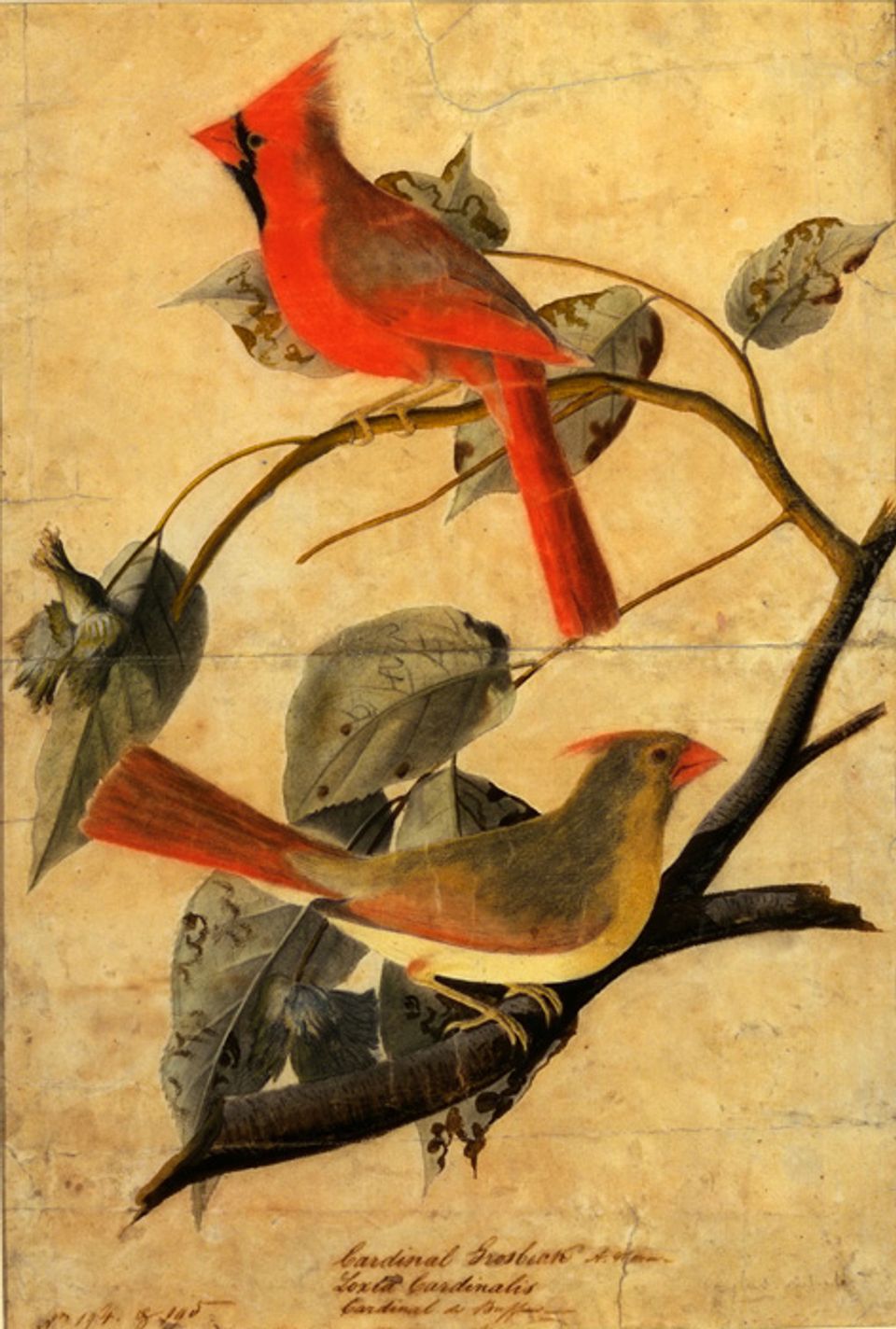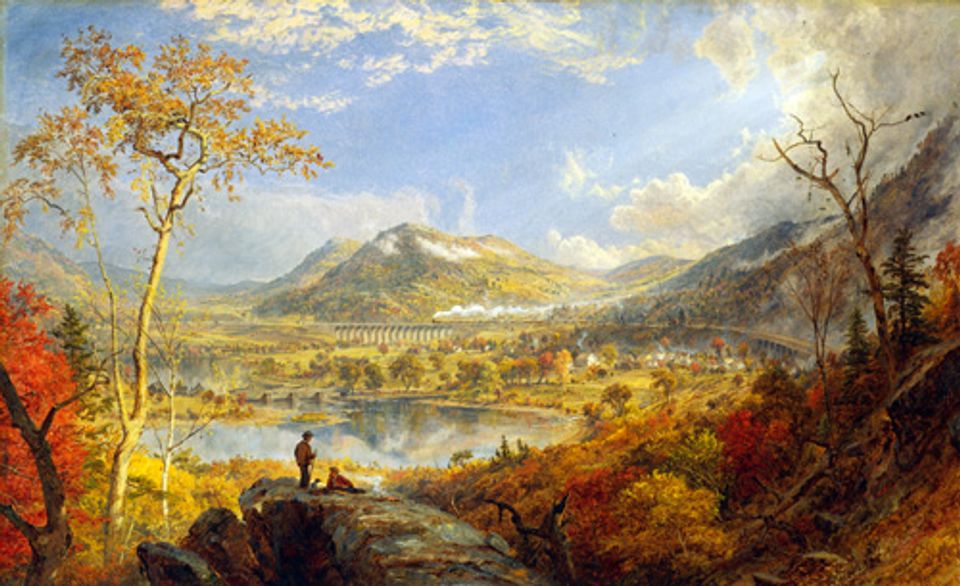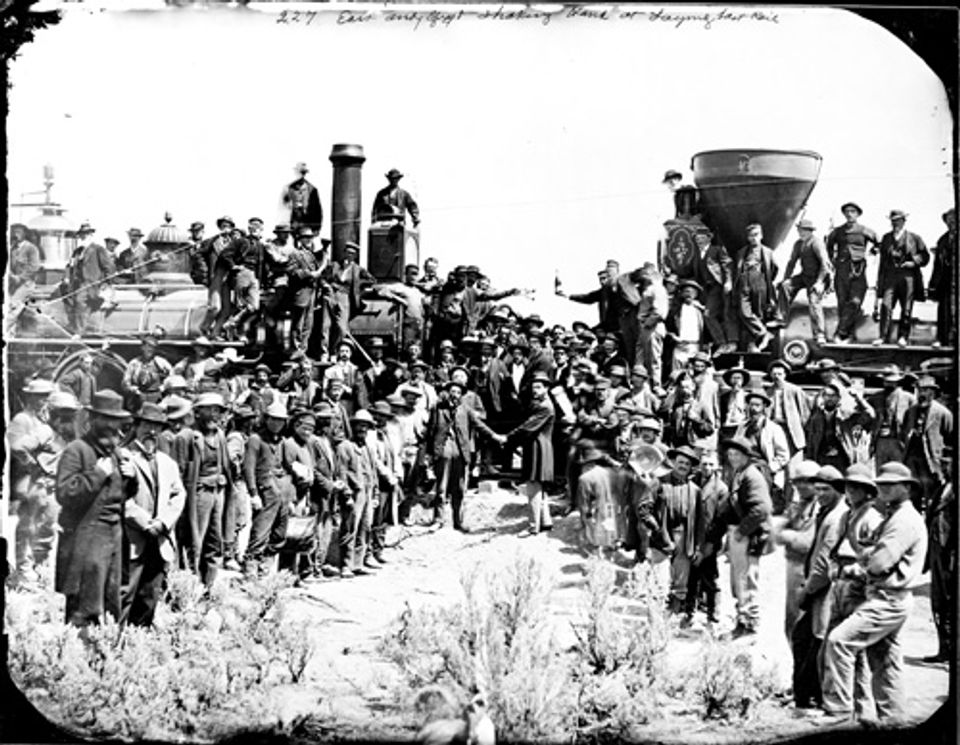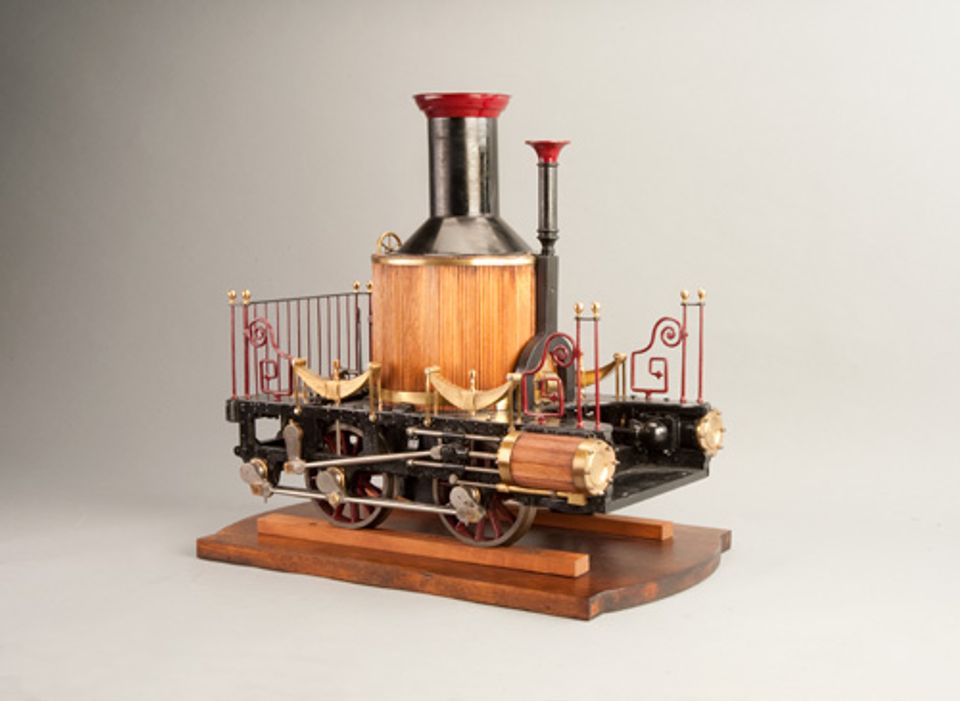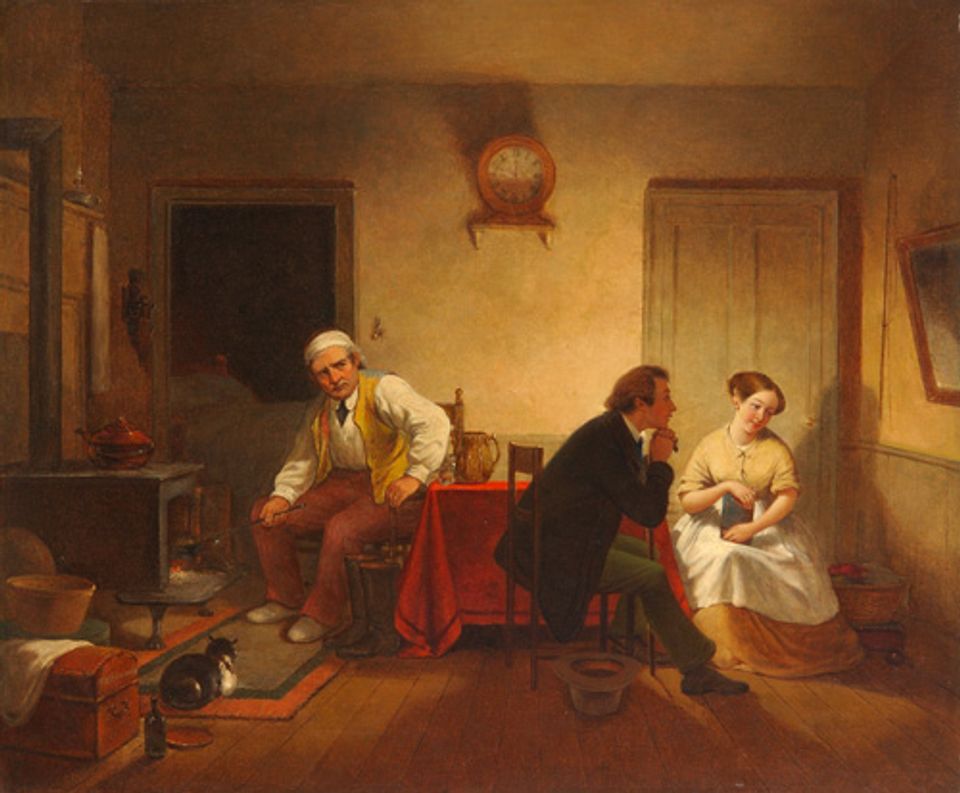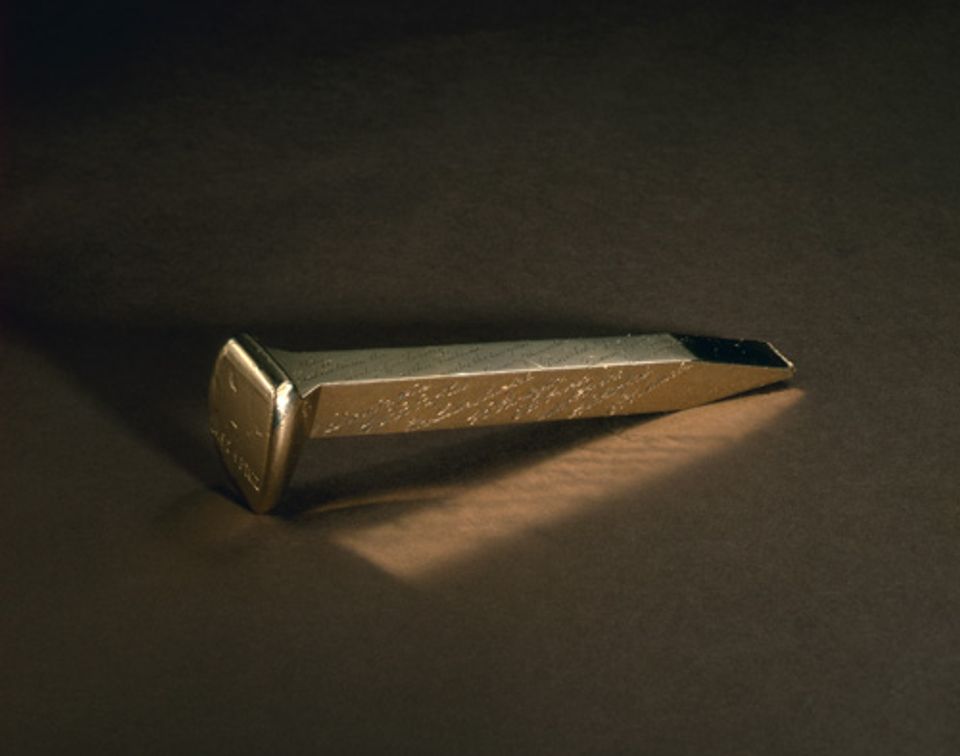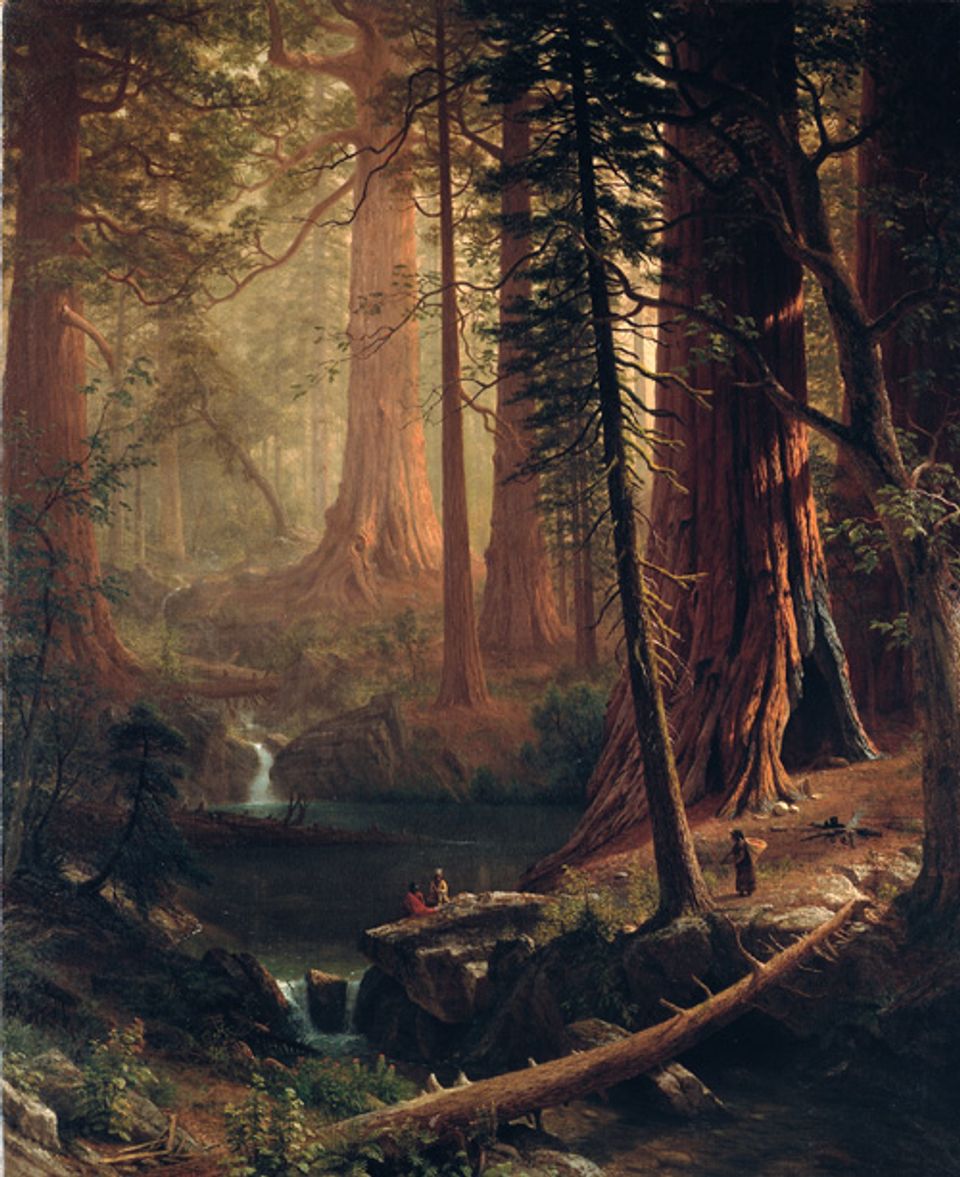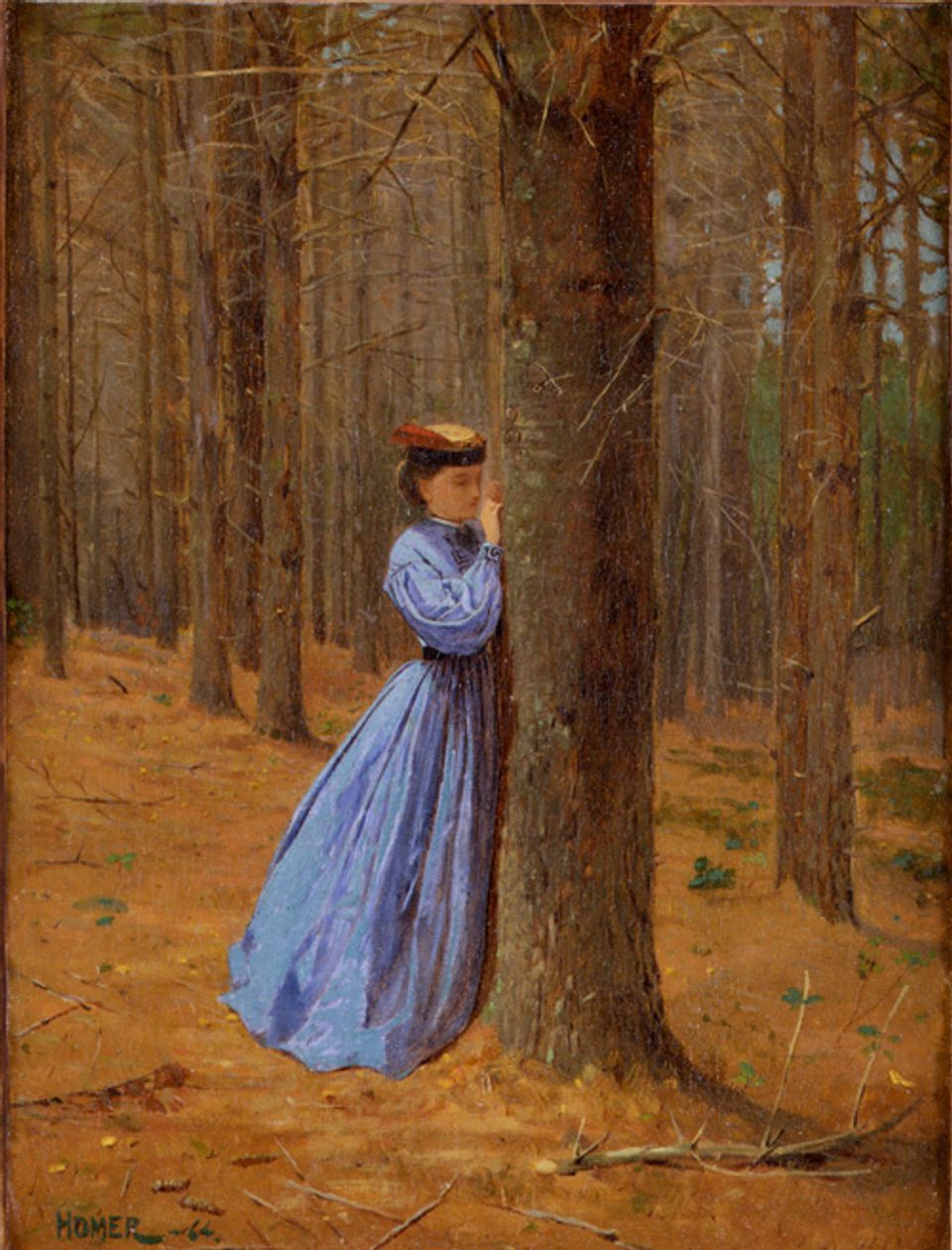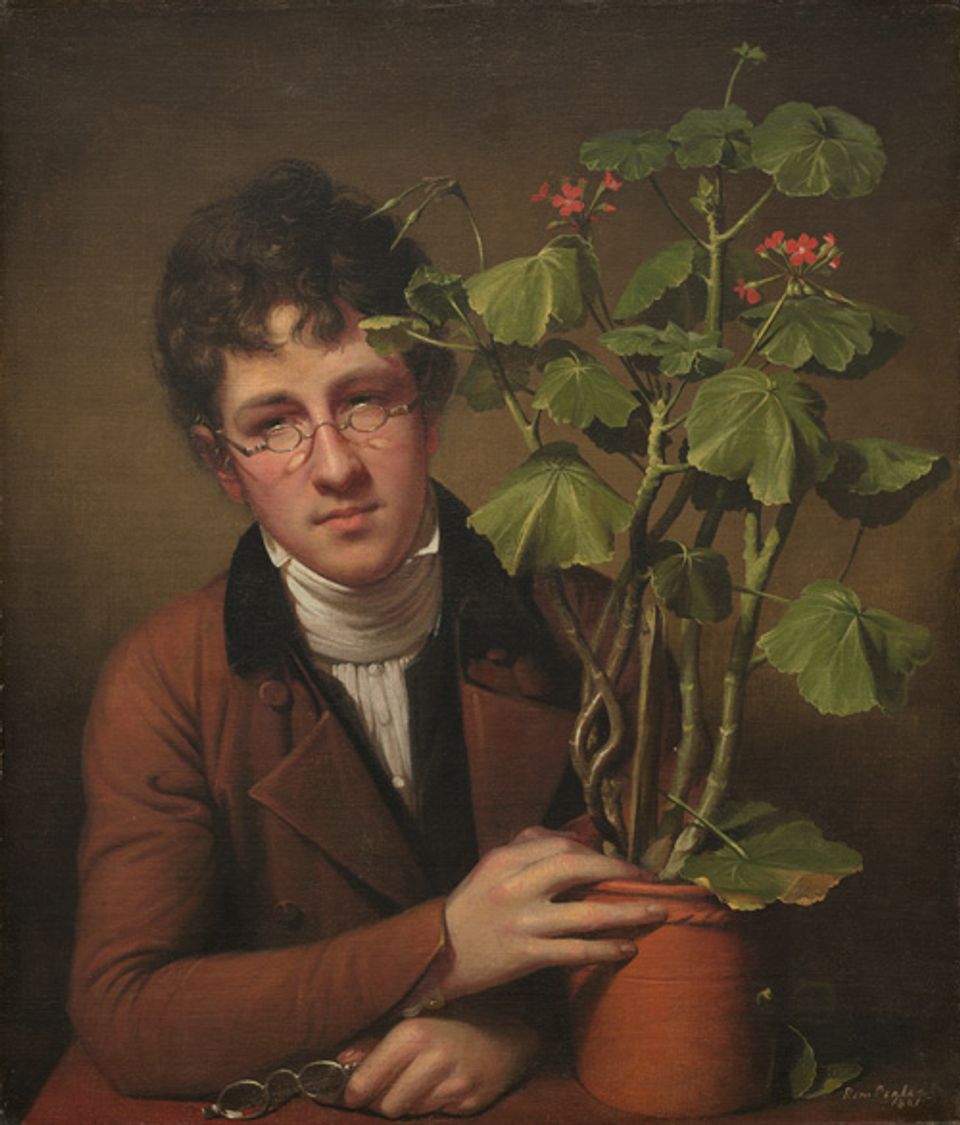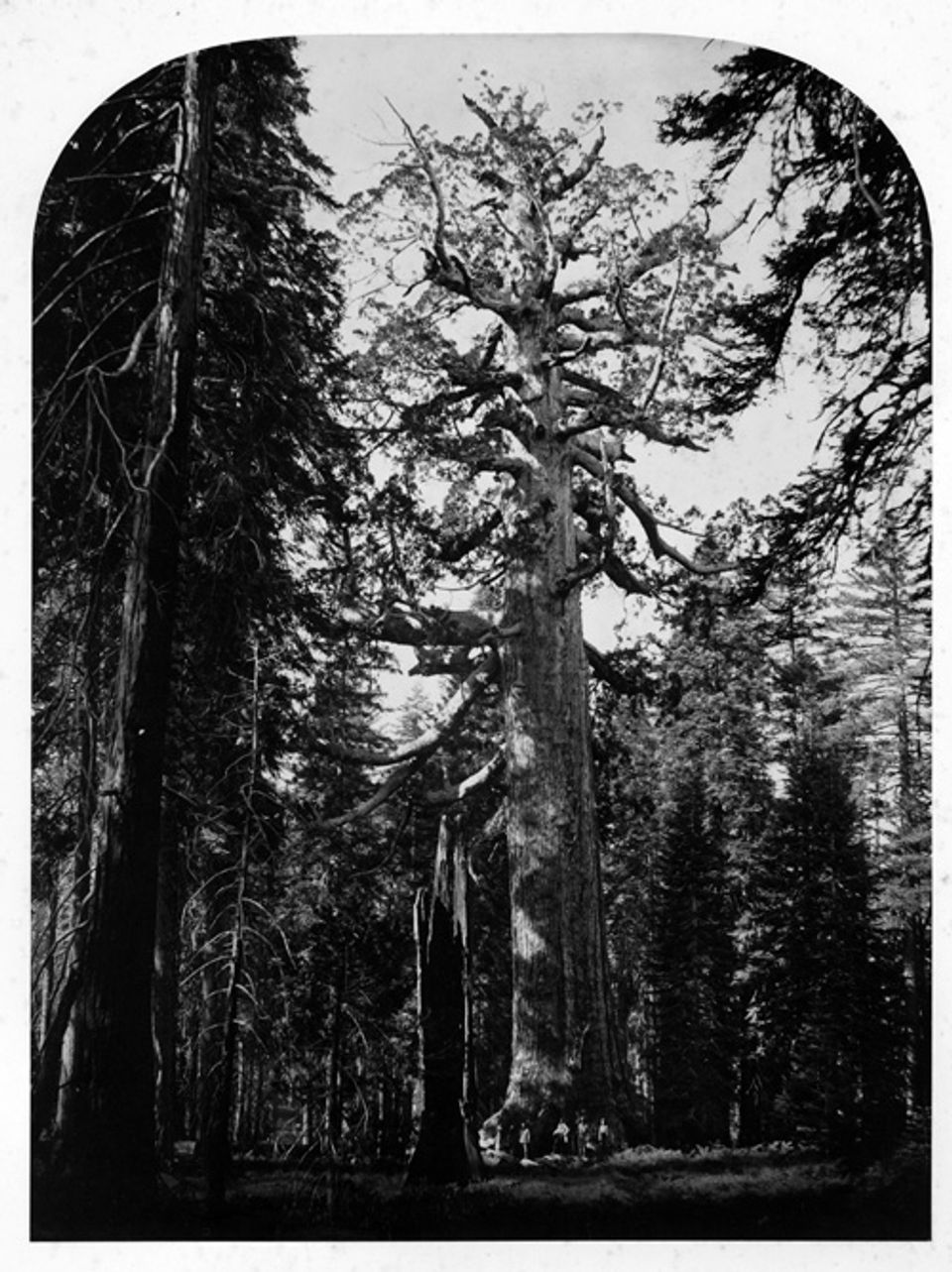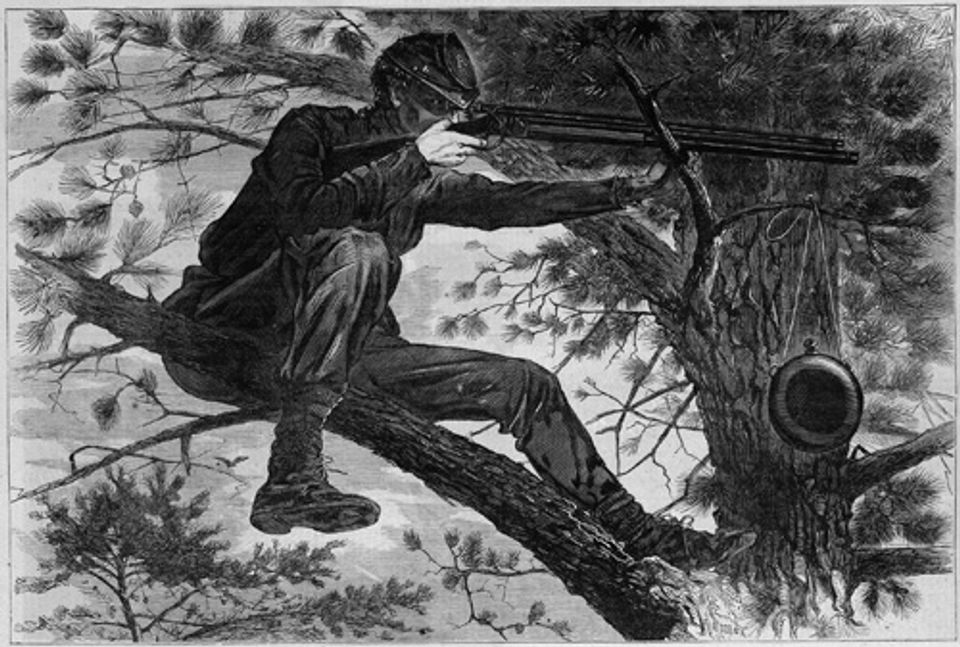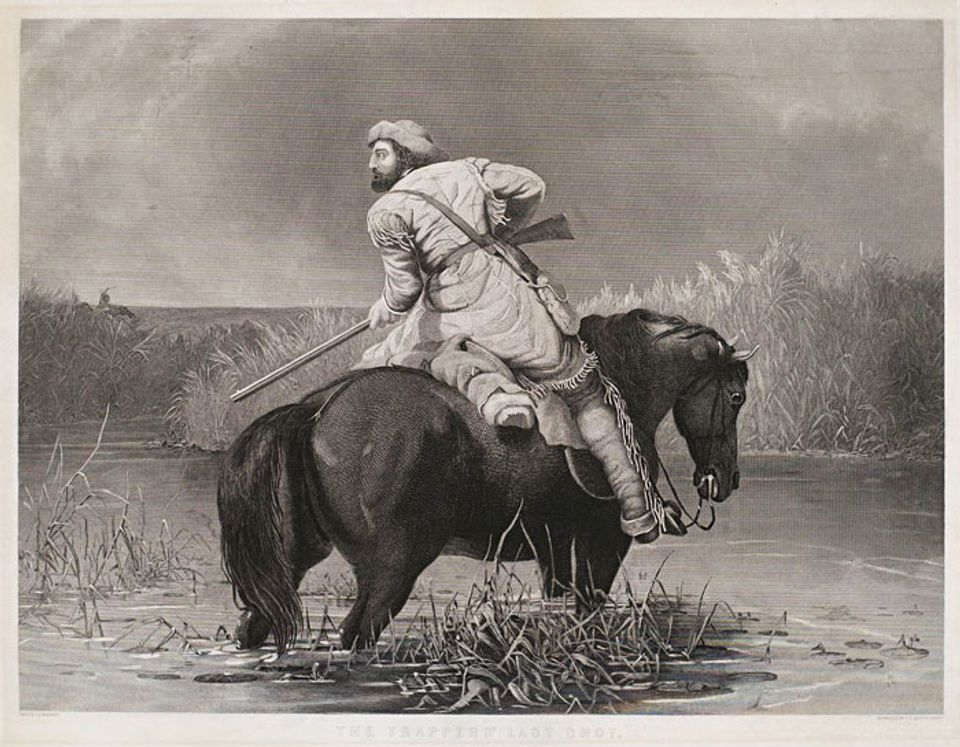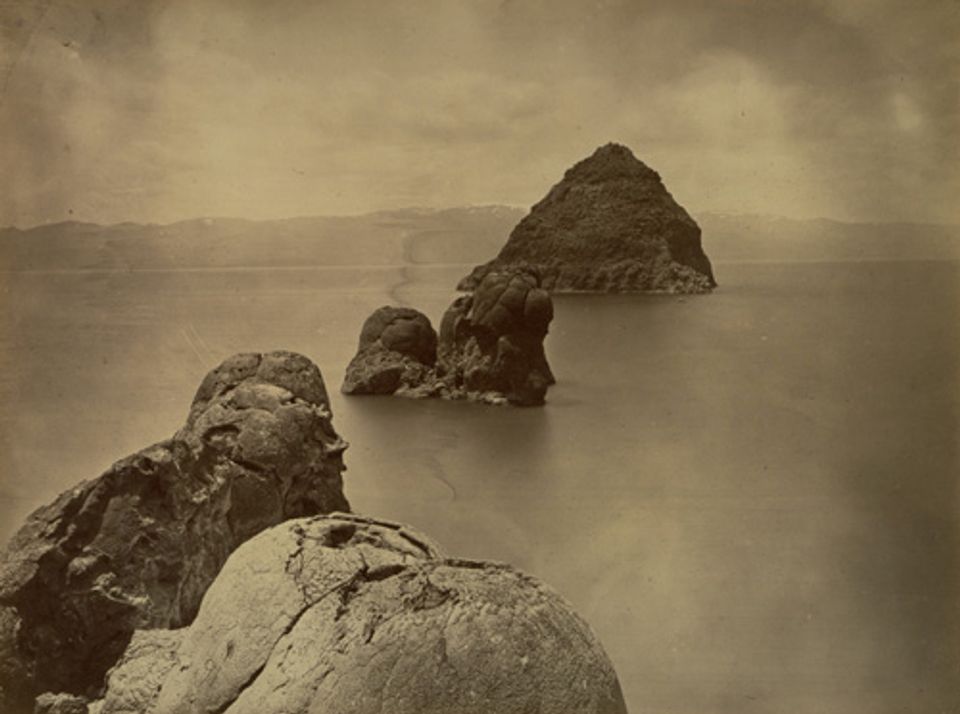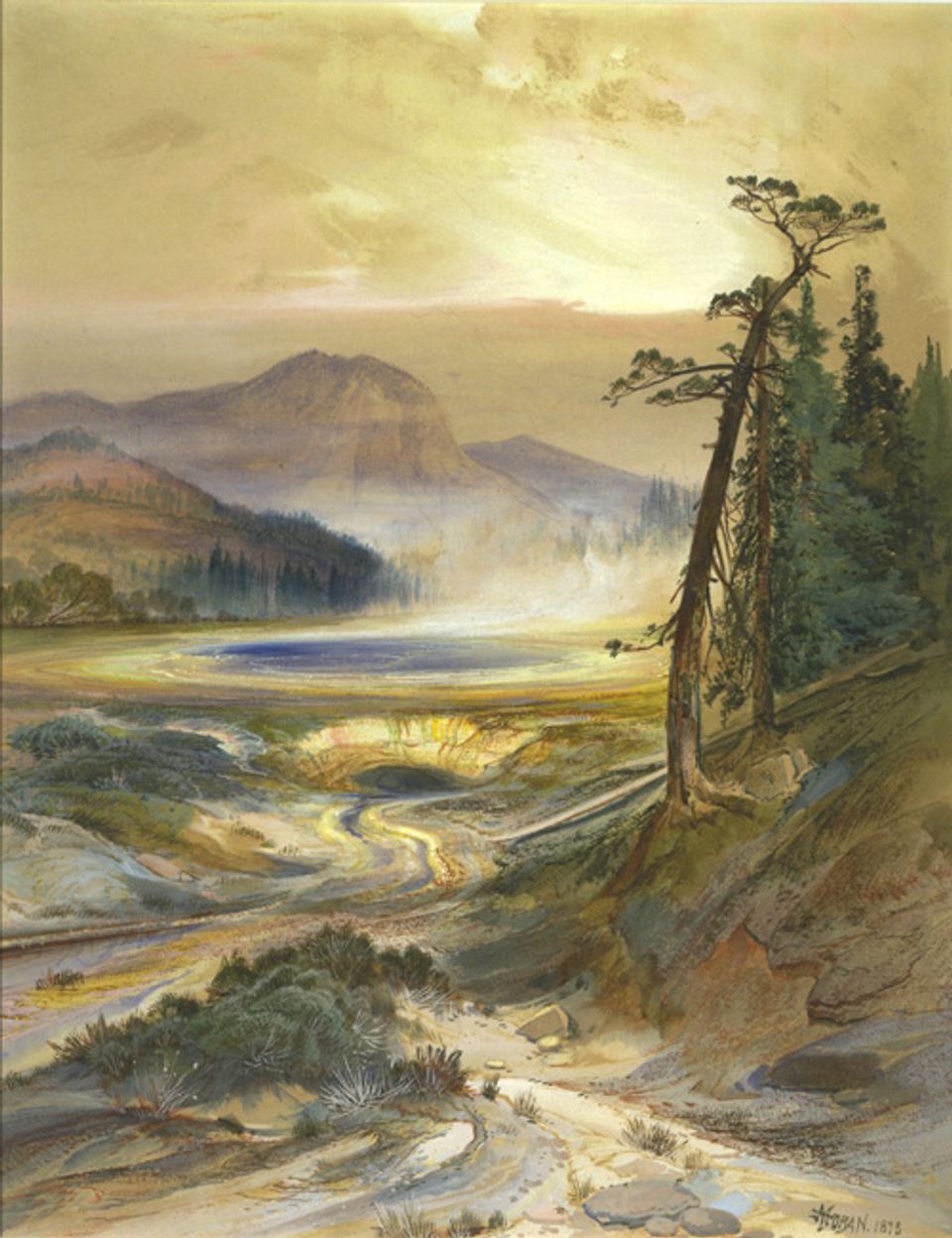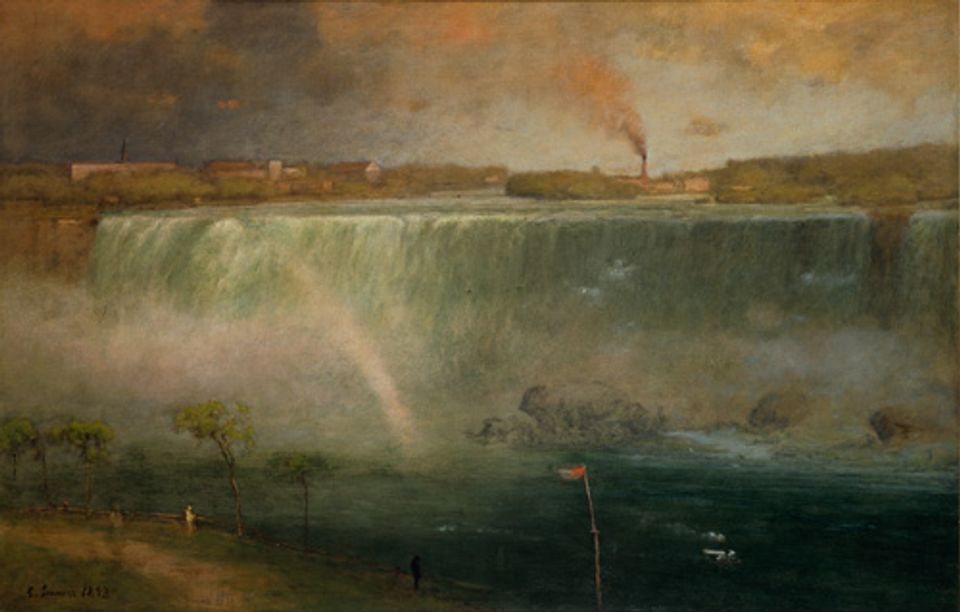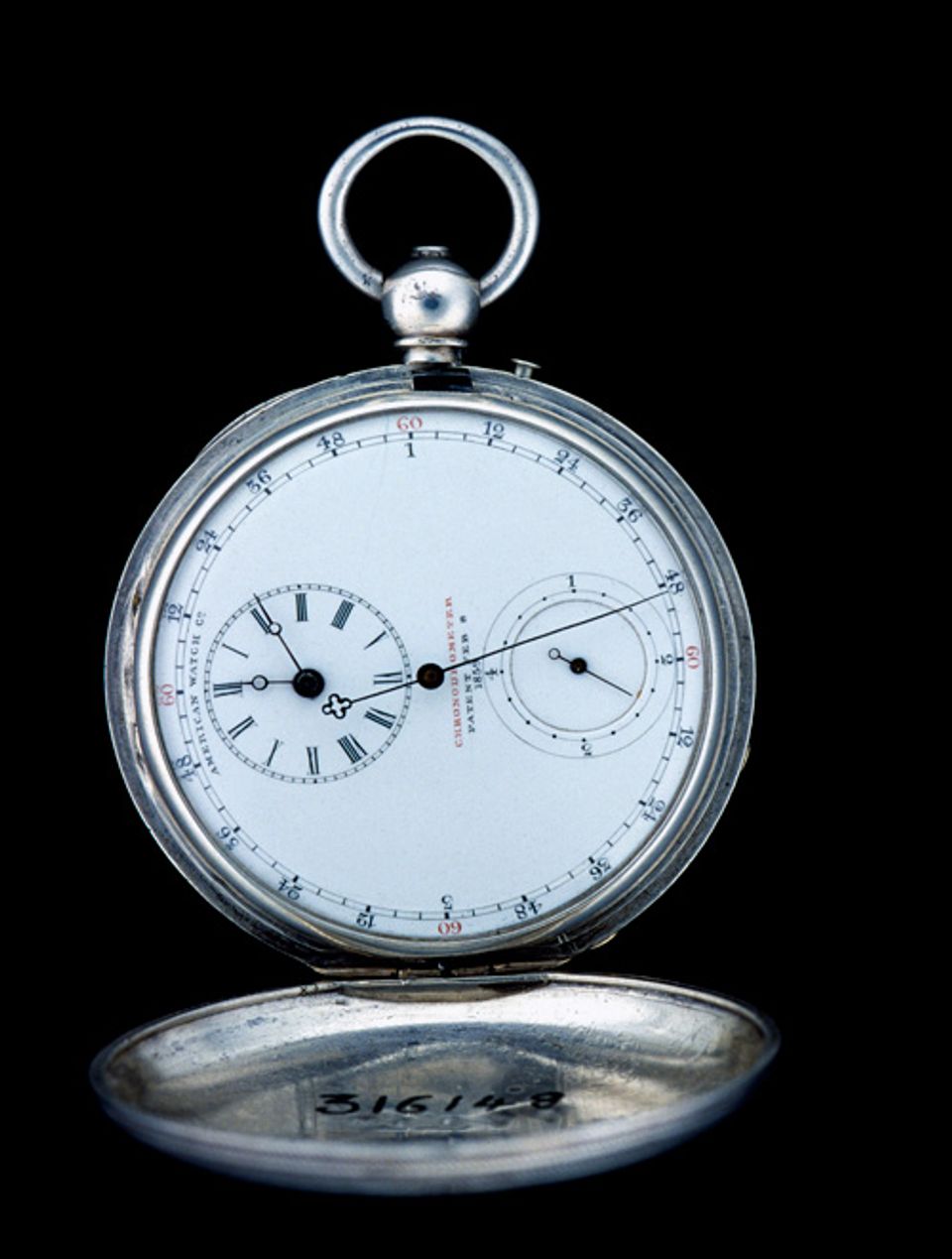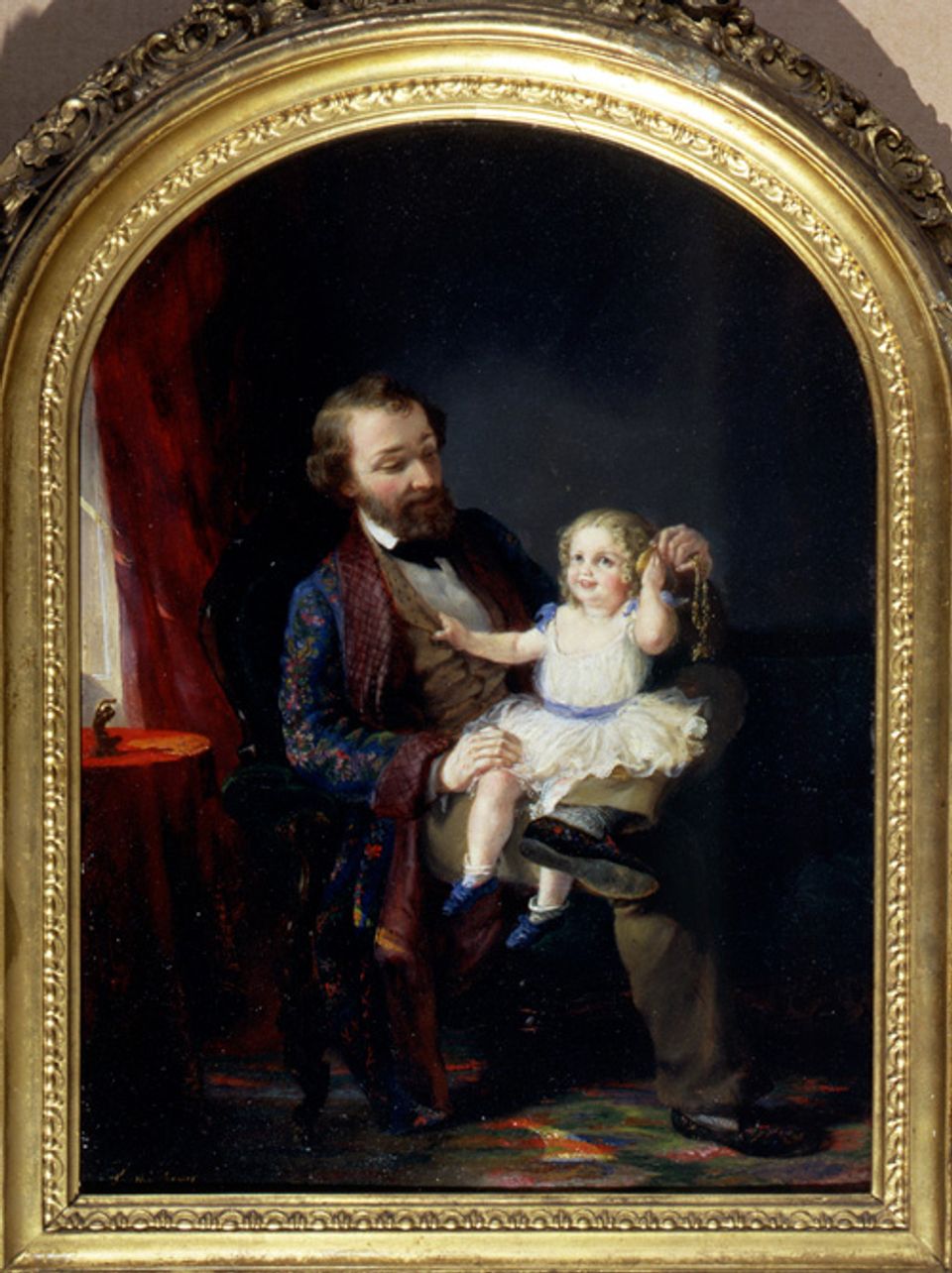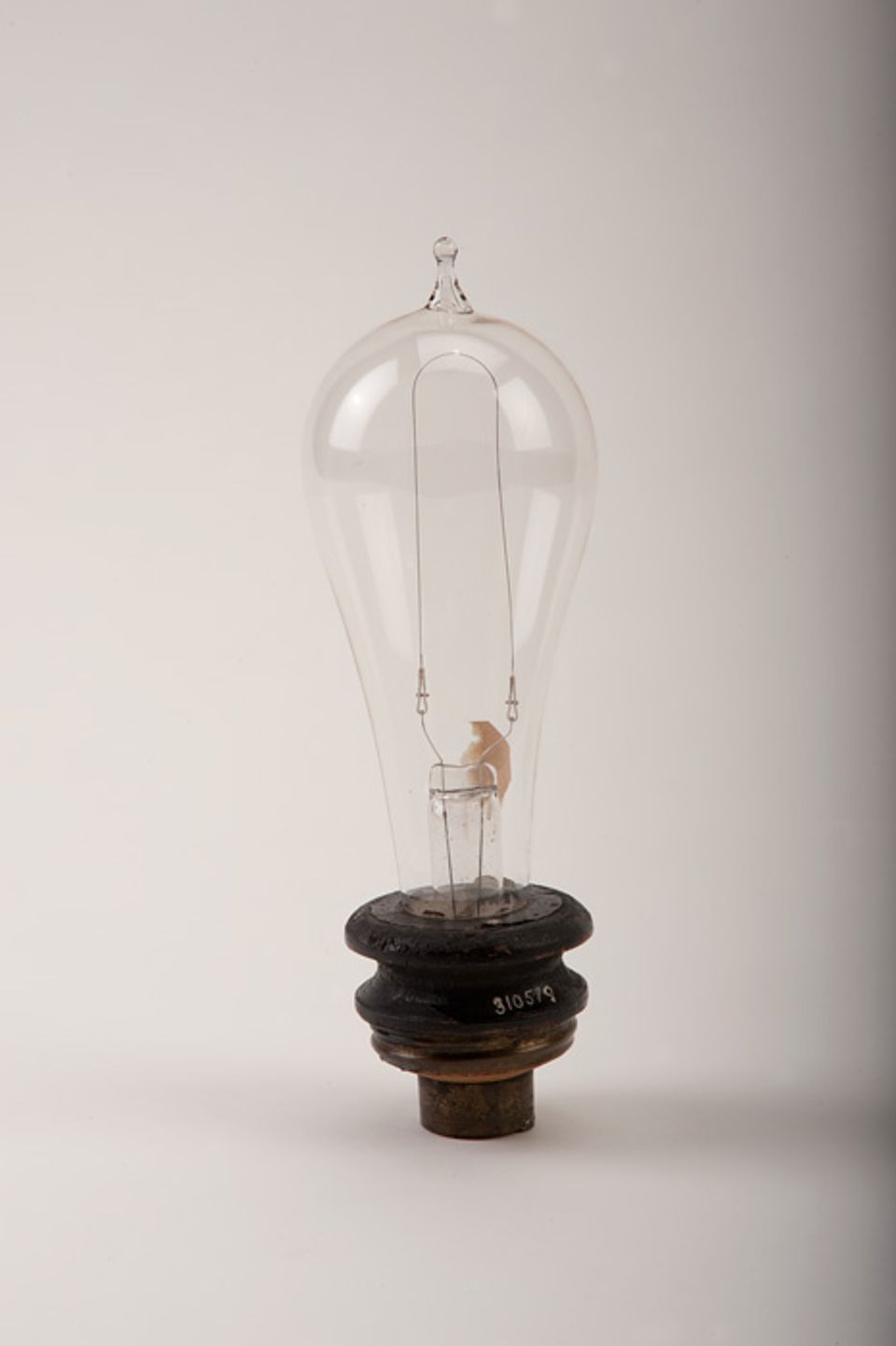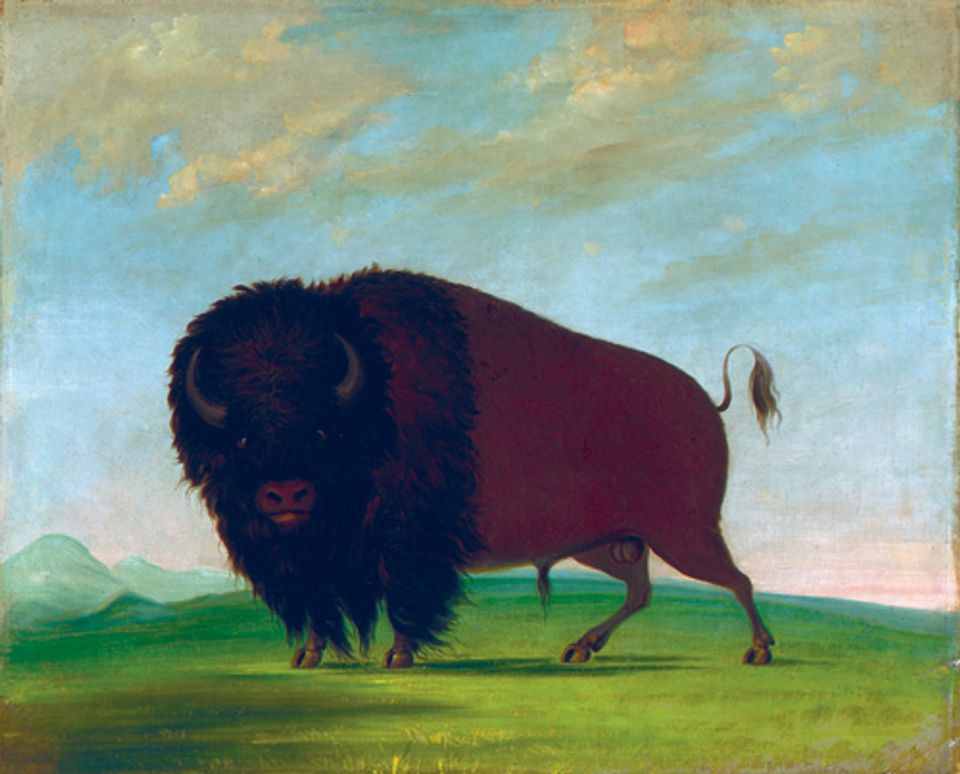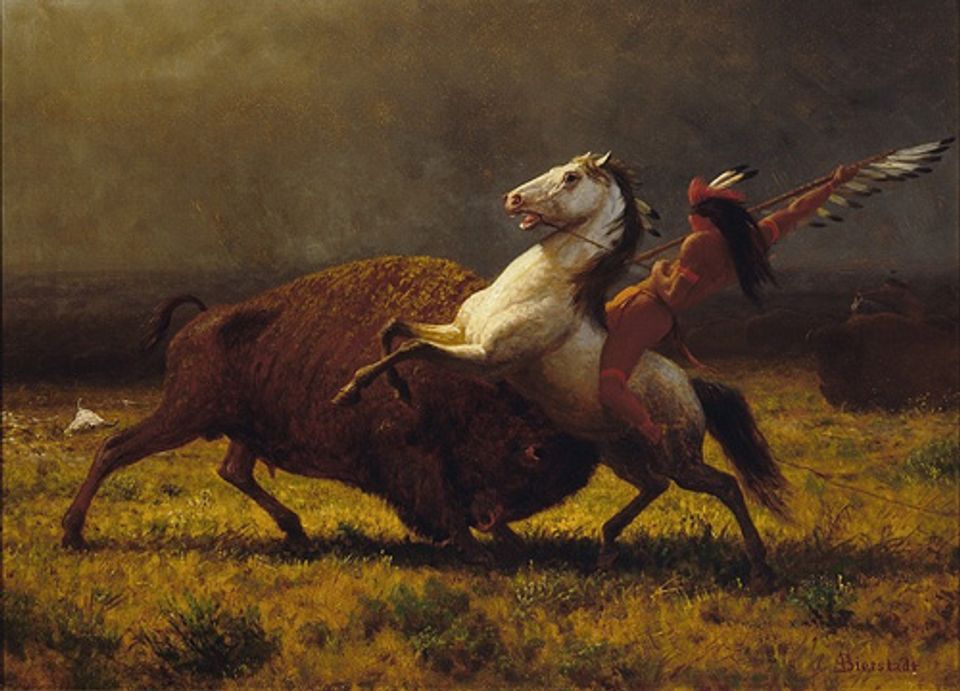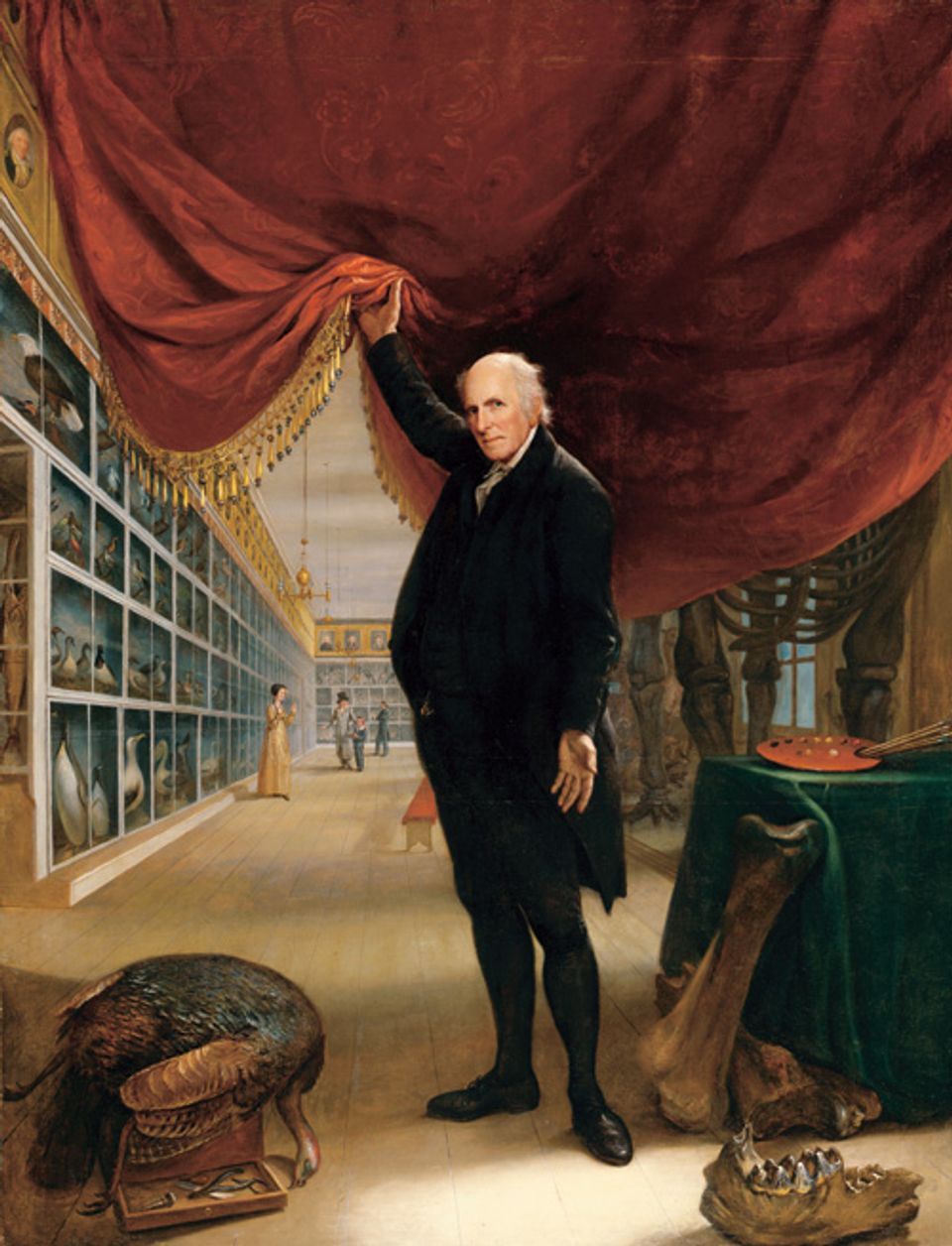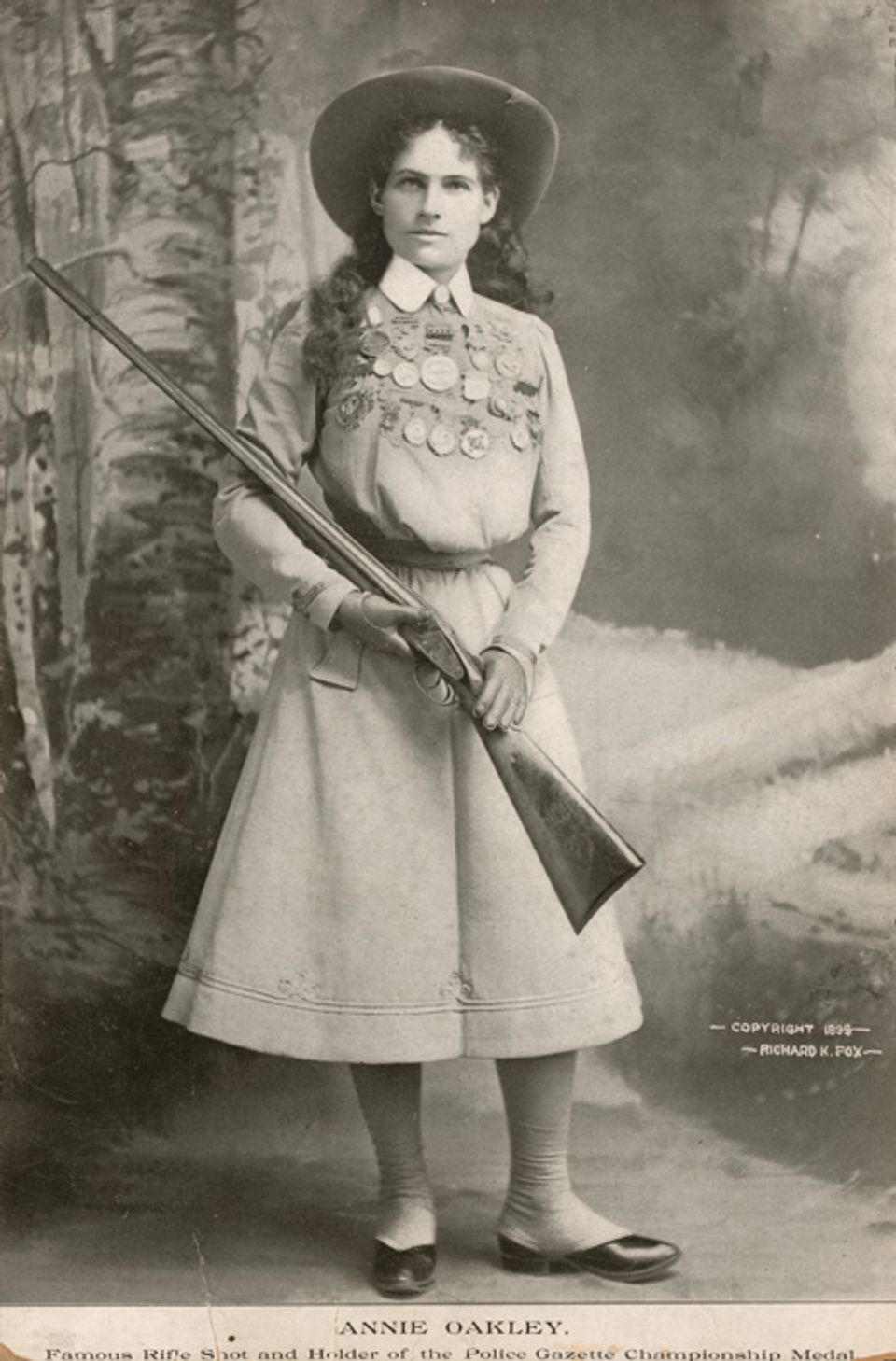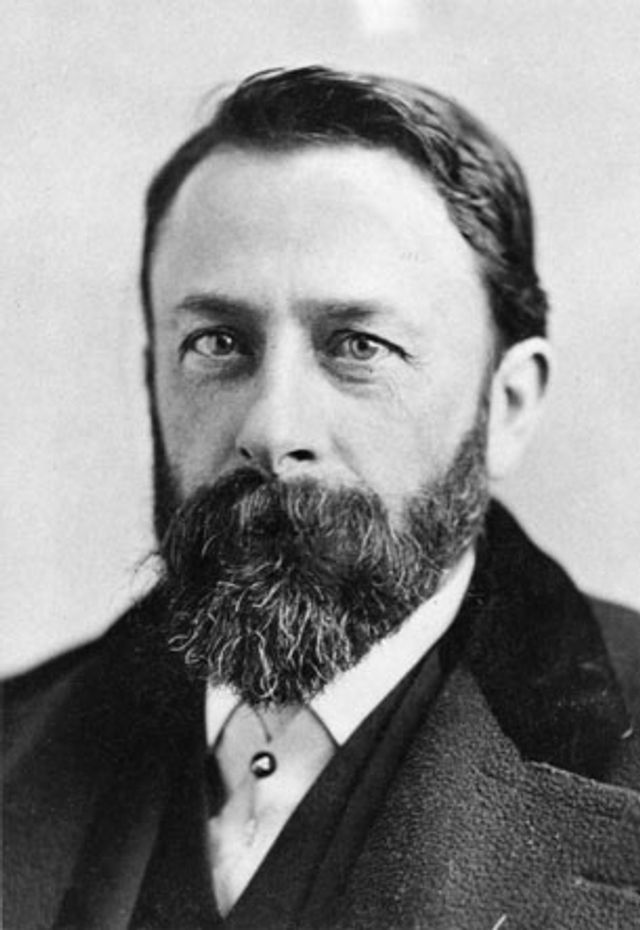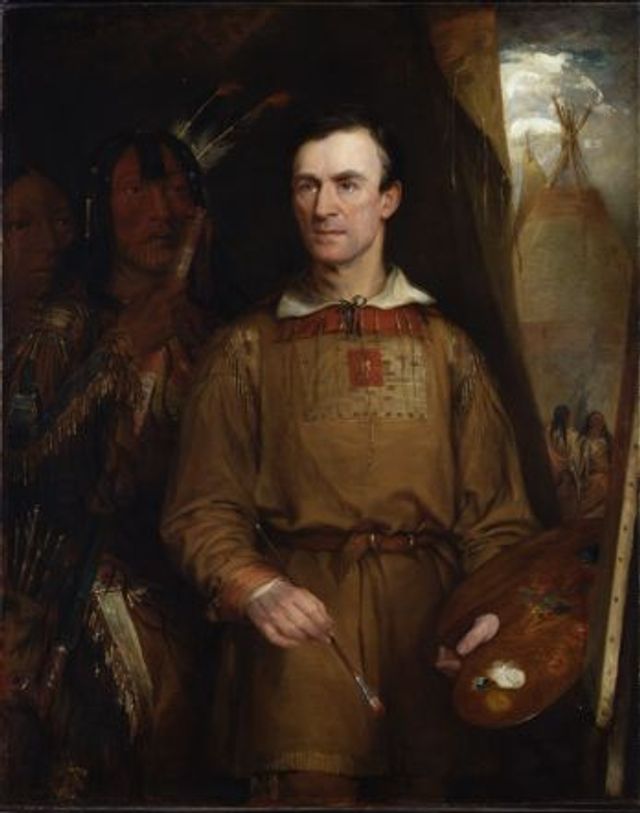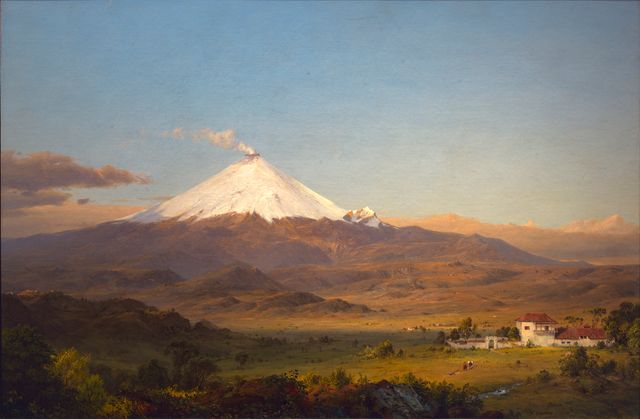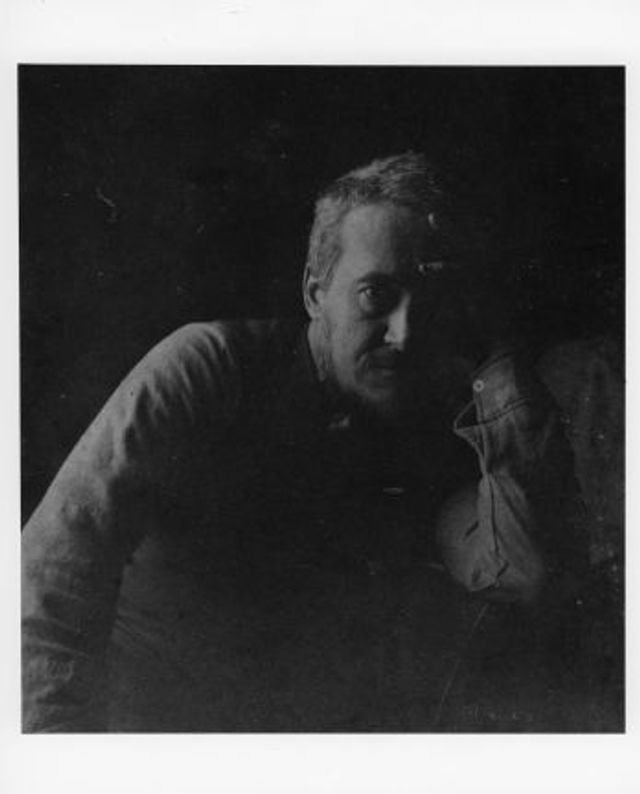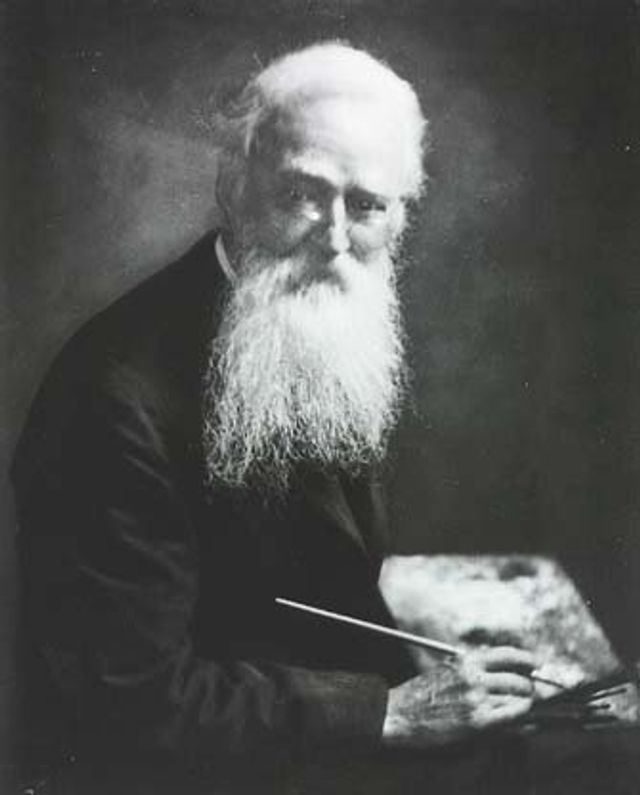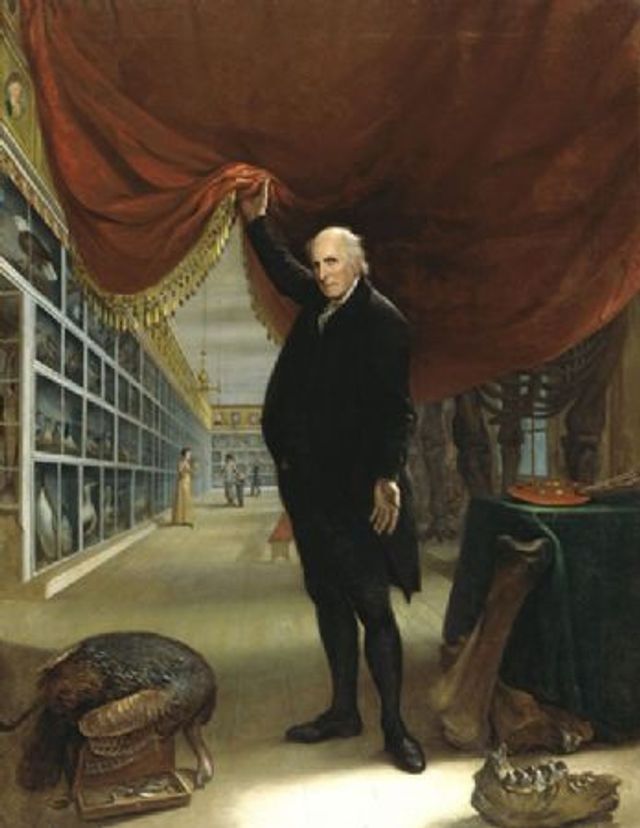The Great American Hall of Wonders
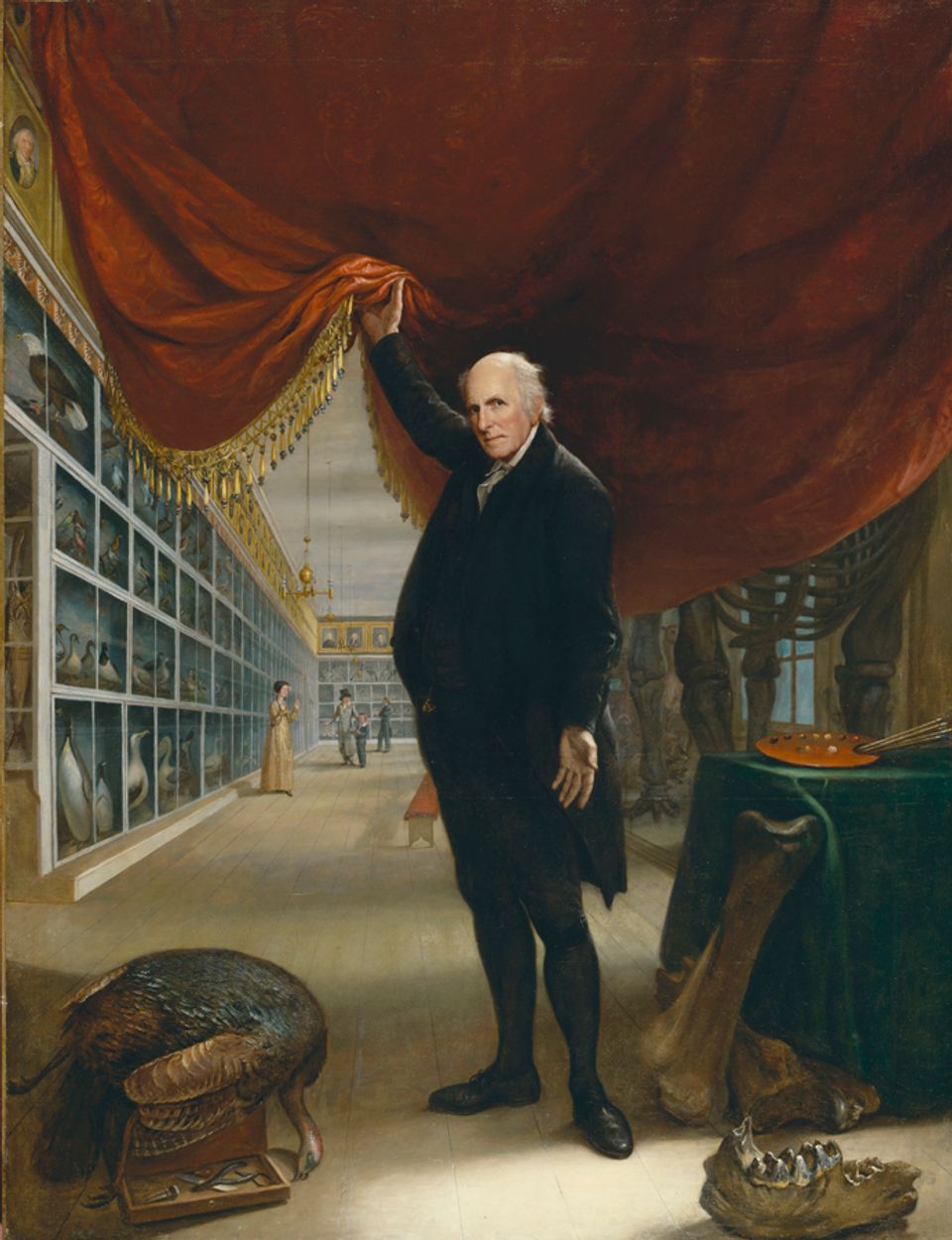
Charles Willson Peale, The Artist in His Museum, 1822, oil on canvas, Courtesy of the Pennsylvania Academy of the Fine Arts, Philadelphia. Gift of Mrs. Sarah Harrison (The Joseph Harrison, Jr. Collection)
The exhibition The Great American Hall of Wonders examines the nineteenth-century American belief that the people of the United States shared a special genius for innovation. It explores this belief through works of art, mechanical inventions, and scientific discoveries, and captures the excitement of citizens who defined their nation as a “Great Experiment” sustained by the inventive energies of Americans in every walk of life.
Description
The exhibition features 161 objects, including paintings and drawings by pre-eminent artists, including John James Audubon, Albert Bierstadt, George Catlin, Frederic Edwin Church, Winslow Homer, Thomas Eakins, Thomas Moran, and Charles Willson Peale, as well as sculptures, prints, survey photographs, zoological and botanical illustrations, patent models, and engineering diagrams. The exhibition explores six subjects that helped shape America during the period—the buffalo, giant sequoia, and Niagara Falls represent American beliefs about abundant natural resources for fueling the nation’s progress, while inventions such as the clock, the gun, and the railroad link improvements in technology with the purposeful use of time.
The Great American Hall of Wonders investigates questions that are still critical today. The exhibition reveals both the successful experiments of the past, as well as the ones that went awry, and invites today’s citizens to explore a valuable legacy left by the founding fathers: a belief in the transformative power of American inventiveness.
The museum is the only venue for the exhibition, which is organized by Claire Perry, an independent curator who specializes in nineteenth-century American cultural history. Until 2008, Perry was curator of American art at the Cantor Arts Center at Stanford University.
The museum’s National Historic Landmark building is a fitting place to display the exhibition. On July 4, 1836, President Andrew Jackson authorized the construction of a patent office on this site. The building was designed to celebrate American invention, technical ingenuity, and the scientific advancements that the patent process represents. The building was always intended for public display of patent models that were submitted by inventors. By the 1850s, more than 100,000 people each year visited the building, which became known as the “temple of invention,” to see the designs that filled display cabinets in the exhibition galleries. In addition to patent models, the government’s historical, scientific, and art collections were housed on the third floor. The Patent Office occupied parts of the building from 1840 to 1932.
Visiting Information
Publications
Videos
Credit
The Great American Hall of Wonders is organized by the Smithsonian American Art Museum in collaboration with the United States Patent and Trademark Office.
Battelle has provided important leadership support for the exhibition.
Generous contributions also have been provided by Sheila Duignan and Mike Wilkins, the Raymond J. and Margaret Horowitz Endowment, Ewing Marion Kauffman Foundation, Thelma and Melvin Lenkin, Betty and Whitney MacMillan, Jean Mahoney, and Robin Martin.
Artists
Born in Germany. Immigrated to the United States as a child. Paintings show an idealistic view of the American wilderness.
"If my life be spared, nothing shall stop me from visiting every nation of Indians on the Continent of North America." With these words George Catlin staked his artistic claim.
Church and Thomas Cole, the two most esteemed painters of the Hudson River school, were associated from 1844 to 1846 as pupil and master.
Born in Philadelphia, lived mostly in that area.
Painter and graphic artist. Homer's illustrations of the Civil War for Harper's Weekly are singular and outstanding examples of wartime reporting.
Landscape painter. Influenced by J.M.W. Turner, Moran is best remembered for his idealized views of the American West.
Born 15 April 1741, Queen Anne's County, Md. 1750, death of father. 1751, family moved to Annapolis. 1754, apprenticed to a saddler. 1761, established a shop in Annapolis. 1762, married Rachel Brewer.















